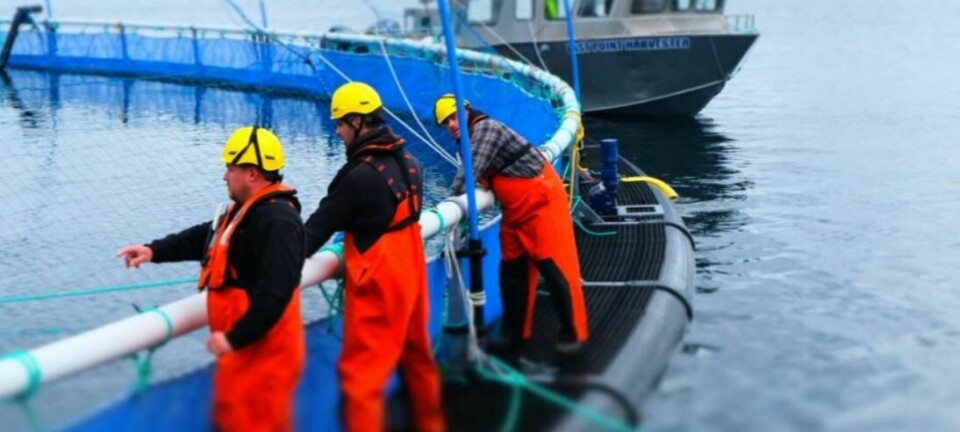Benefit and risk assessment of fish in the Norwegian
By VKM
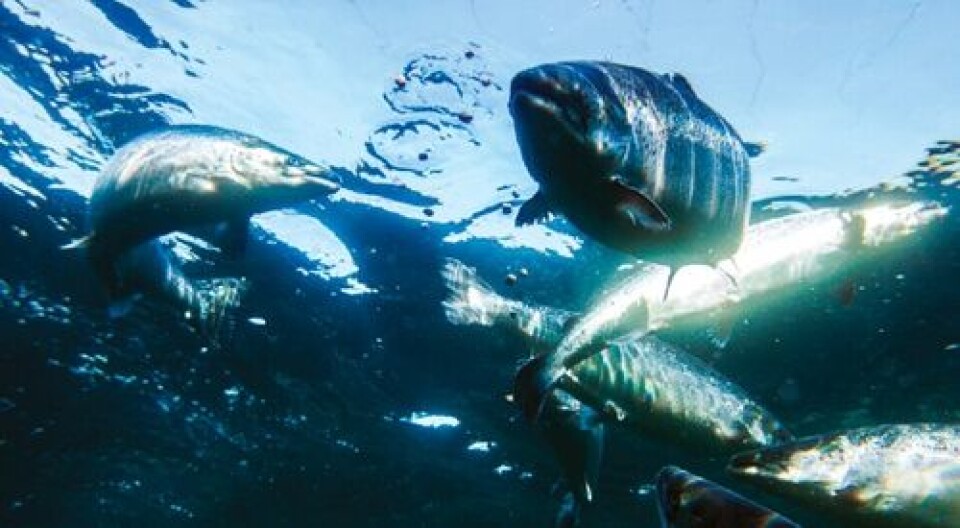
Furthermore, adults including pregnant women with fish consumption less than one serving per week may miss the beneficial effects on cardiovascular diseases and optimal neurodevelopment in the foetuses and infants. In contrast to the conclusion in 2006, VKM concludes that there is no reason for specific dietary limitations on fatty fish consumption for pregnant women. In 2006 VKM published a comprehensive benefit and risks assessment of eating fish and seafood. An overall assessment of the dietary and toxicological actors shows that Norwegians in general should eat more fish and that their fish consumption should include both lean and fatty fish. Based on new knowledge about nutrients and contaminants in fish as well as new knowledge about consumption among the Norwegian population, the Norwegian Food Safety Authority has asked VKM for an update of the 2006 report.
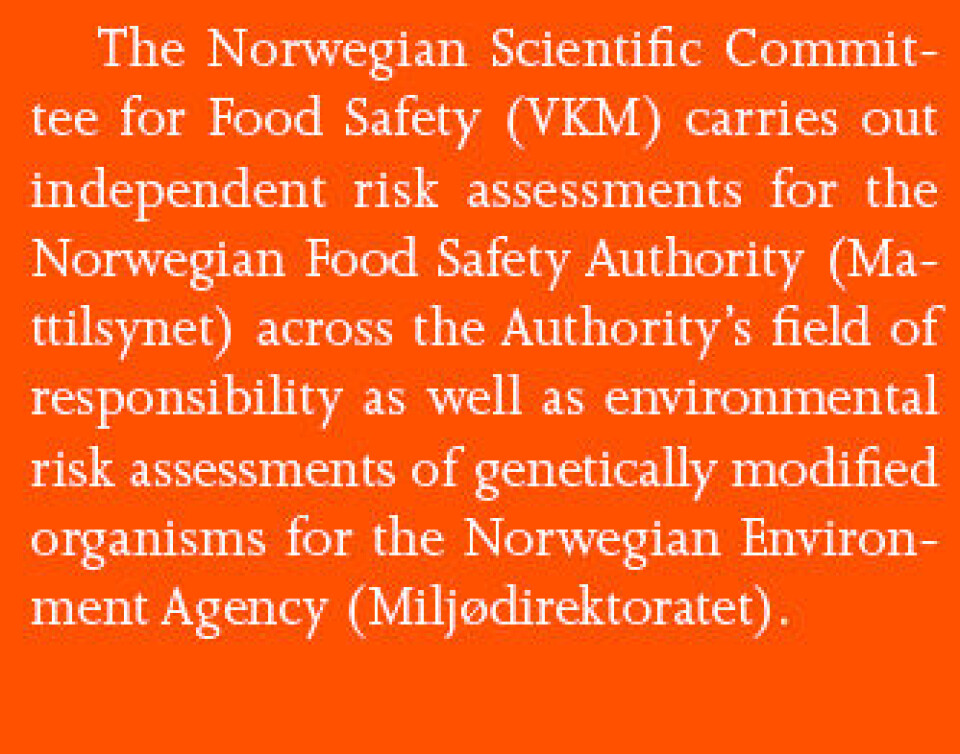
In 2006 VKM concluded that the contaminants that could pose a potential risk to public health through fish consumption mainly were methylmercury, dioxins and dioxin-like PCBs (dl-PCBs). In this update VKM was requested to consider the benefits of eating fish with regard to the intake of nutrients and the risks associated with the intake of mercury, dioxins and dl-PCBs and comment on whether this change the conclusions from the report in 2006. Additionally, on the basis of updated knowledge, VKM was asked to comment whether other substances, like pesticide and residues of veterinary medicinal products, could affect the conclusions with regard to the impact on public health. The Norwegian Food Safety Authority and the Directorate of Health will use the updated assessment as a basis for public recommendations concerning the consumption of fish and fish products The present benefit-risk assessment is comprised of three elements, i.e. benefit assessment, risk assessment and benefit-risk comparison. This methodology is in accordance with the guidance given by EFSA in 2010.
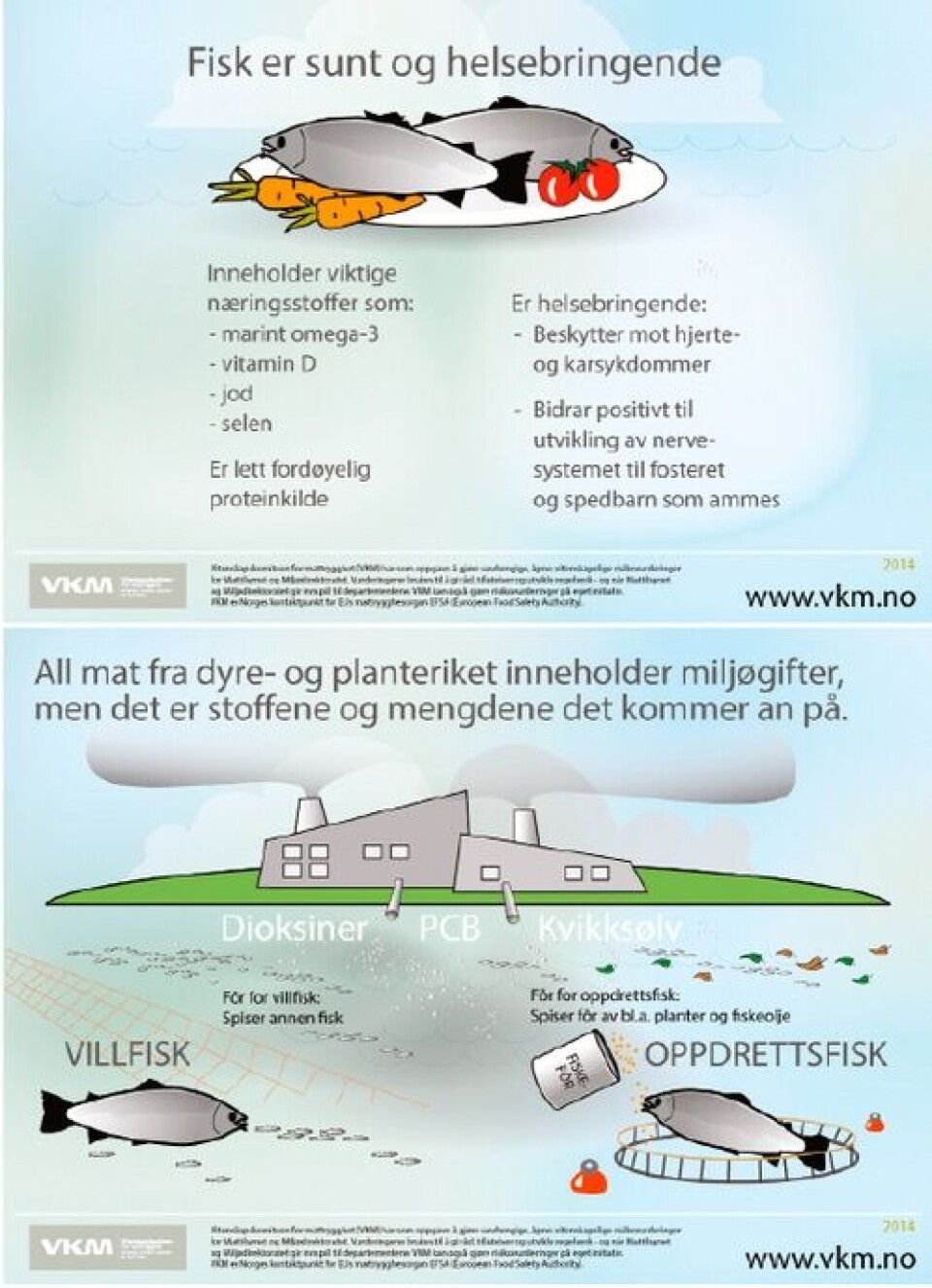
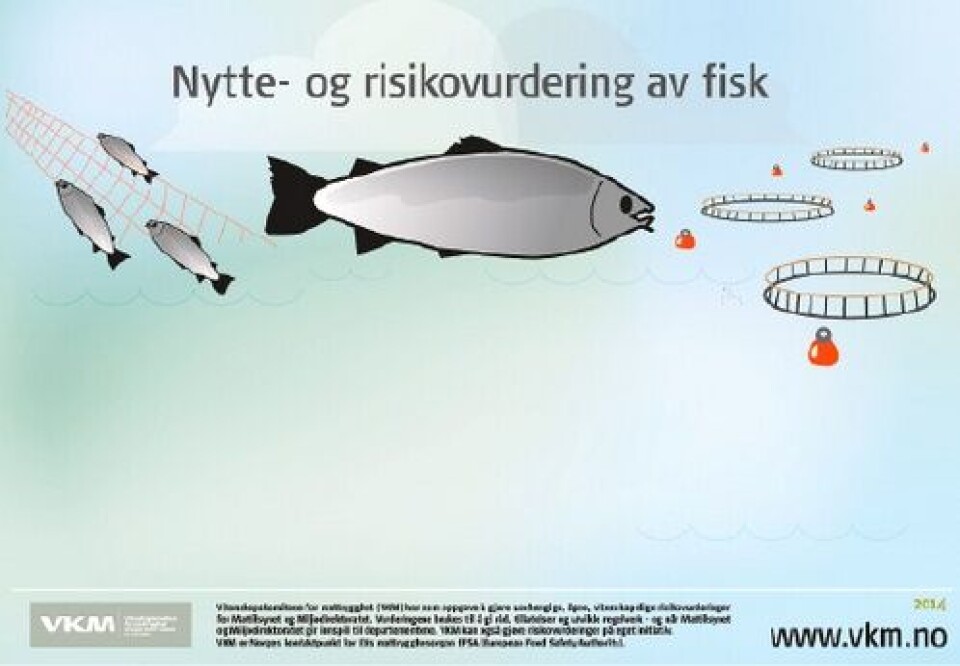
Fish consumption in Norway and comparison with national dietary guidelines Given a portion size of 150 g fish, the average adult eats fish equivalent to 2-3 dinner servings per week and the average pregnant woman eats fish equivalent to 1-2 dinner servings per week, while the average two-year-old eats fish equivalent to 1-2 dinner servings per week given a portion size of 75 g. The table below describes fish intake in the selected populations. VKM concludes that of the different population groups, only adults (18-70 years of age) with an average or higher fish consumption reach the national food based dietary guidelines for total fish consumption. Mean total fish consumption and fatty fish consumption in children (2-year-olds) and pregnant women, as well as the mean fatty fish consumption in adults are lower than recommended. In pregnant women and 2-year-olds, fish consumption is too low to meet the food based dietary guidelines.
Health effects of fish consumption VKM is of the opinion that according to epidemiological studies, the net effects of the present average fish consumption in Norway for adults including pregnant women is beneficial for specific cardiovascular diseases (particularly cardiac mortality, but also with regard to ischaemic stroke, non-fatal coronary heart disease events, congestive heart failure and atrial fibrillation), as well as for optimal neurodevelopment of foetus and infants. Furthermore, VKM is of the opinion that those with fish consumption less than one dinner serving per week may miss these beneficial effects. The health benefit of fish consumption is reported from 1-2 dinner servings per week and up to 3-4 dinner servings per week. For higher fish intake per week, the limited number of consumers in epidemiological studies does not allow for drawing firm conclusions about the actual balance of risk and benefit. More knowledge is needed to reveal the beneficial mechanisms of fish consumption.
Benefit characterisation of nutrients in fish VKM is of the opinion that there has been minor or no changes of the composition and concentrations of nutrients in wild caught fish since 2006. Due to replacement of fish oil and fish protein with plant proteins and vegetable oils in feed for farmed fish, the concentrations in farmed Atlantic salmon with regard to EPA, DPA and DHA, and selenium are about 50 and 40% respectively, of the corresponding levels in 2006, while the concentration of vitamin D appears unchanged. The level of iodine in farmed Atlantic salmon was low in 2006, and is still low compared to lean fish. The level of n-6 fatty acids is about 4-fold higher than in 2006. VKM has estimated the contribution from fish to the recommended daily intakes of certain nutrients. Fish is the major source of EPA+DPA+DHA, but for vitamin D, iodine and selenium, other sources in addition to fish are needed in order to meet the recommendation. Fish is not a major dietary source of n-6 fatty acids. The contribution of dietary n-6 fatty acids from farmed salmon compared to the overall dietary intake of n-6 fatty acids is low (less than 3%). VKM concludes that with current average consumption of fish, the contribution of EPA and DHA from fish will reach the European recommended intake of EPA+DHA for adults and 2-year-olds. For pregnant women the average EPA+DHA intake is insufficient to meet the European recommendation for this group. However, the average intake of DHA is sufficient to meet the national intake recommendation for pregnant women. For vitamin D, current average fish consumption contributes approximately 20% of the national recommended intakes for adults but less for pregnant women and 2-year-olds. Furthermore, with current average fish consumption, low intakes of selenium and iodine from fish relative to the national recommended values may be complemented by intake from other dietary sources. Risk characterisation of undesirable substances in fish The available concentration data of contaminants in wild fish is not suitable for time-trend analyses. A rough comparison of contaminant concentrations between 2006 and 2014 indicates minor or no changes in concentrations of mercury, dioxins and dl-PCBs in wild fish species. However, for dioxins and dl-PCBs, a decreasing environmental time-trend is expected to be reflected also in wild fish species. Due to replacement of fish oil and fish protein with plant proteins and vegetable oils in farmed fish feed, the concentrations of dioxins and dioxin-like PCBs, and mercury have changed in farmed Atlantic salmon. VKM concludes that the current concentrations of dioxins and dl-PCBs, and mercury in farmed Atlantic salmon are reduced to about 30 and 50%, respectively, of the corresponding levels in 2006. VKM concludes that with the present mean concentration of mercury in fish on the Norwegian market and the present fish consumption in Norway, the methylmercury exposure from fish is below the tolerable weekly intake (TWI) of 1.3 µg/kg bw/week for more than 95% of the population of 2-year-olds, adults and pregnant women. This exposure represents a negligible risk and is of no concern. With the present mean level of dioxins and dl-PCBs in fish on the Norwegian market and the present fish consumption in Norway, high fish consumption (the 95th percentile) contributes with up to 50%, 19%, 67% of the TWI of 14 pg TEQ/kg bw/week for adults, pregnant women and 2-year-olds respectively. Daily consumption of cod liver oil or fish oil (which is common in all population groups) in amounts as suggested on the product will in addition contribute with 0.8 to 16% of the TWI, depending on the body weight. With the present TWI and taking into consideration that fish and fish products are significant sources to dioxins and dl-PCBs in the Norwegian diet, VKM concludes that the exposure from fish to dioxins and dl-PCBs represents negligible risk and is of no concern. VKM is of the opinion that the present exposure to residues of veterinary medicinal products including residues of antibiotics in farmed fish in the Norwegian diet is of no concern since the levels are very low and often not detectable even with sensitive analytical methods. For new contaminants in fish feed like the pesticide endosulfan, polyaromatic hydrocarbon (PAHs) and mycotoxins, VKM is of the opinion that the concentrations in farmed fish in the Norwegian diet are likely not a food safety issue since the concentrations are very low and often not detectable even with sensitive analytical methods. Regarding the environmental contaminants brominated flame retardants, VKM refers to the conclusions in a risk assessment from EFSA in 2011 that the health risk associated with the current exposure to these compounds is low. The amount of fluorinated compounds such as PFOS and PFOA in the Norwegian diet is much lower than what is tolerable according to an EFSA assessment in 2008.
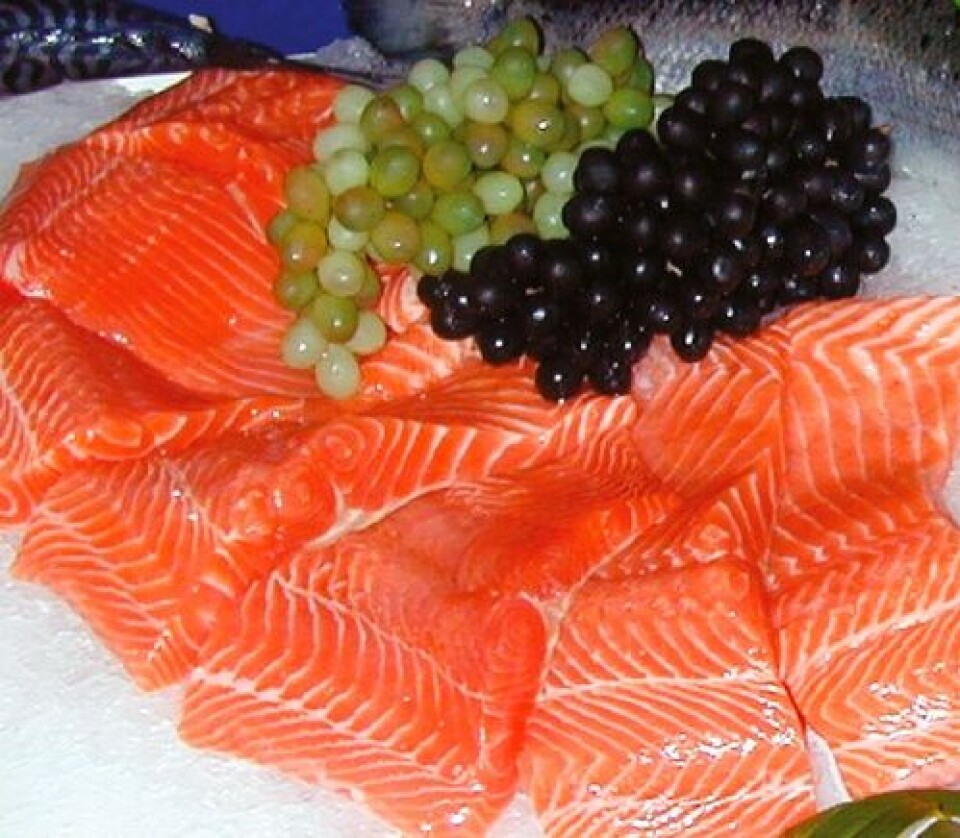
Benefit – risk comparison Following a comprehensive assessment of the scientific literature on the positive health effects of fish consumption and the contribution from fish to intake of beneficial compounds as well as exposure to hazardous contaminants in Norway, VKM concludes that the benefits clearly outweighs the negligible risk presented by current levels of contaminants and other known undesirable substances in fish. Furthermore, adults including pregnant women with fish consumption less than one serving per week may miss the beneficial effects on cardiovascular diseases and optimal neurodevelopment in the foetuses and infants. In contrast to the conclusion in 2006, VKM concludes that there is no reason for specific dietary limitations on fatty fish consumption for pregnant women.


